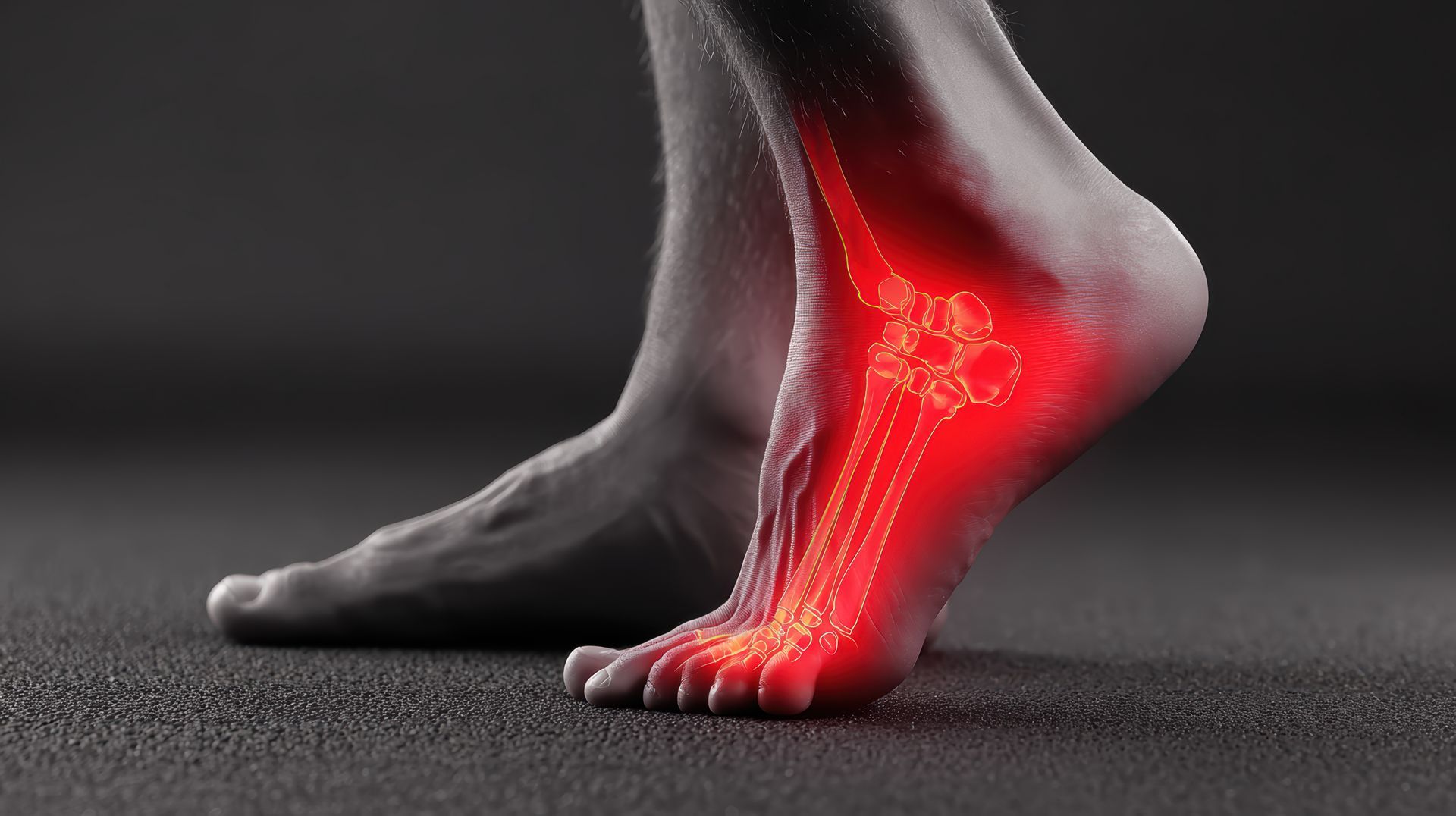3 Easy & Delicious Low Inflammation Recipes
Before you reach for over the counter drugs to help manage your chronic pain and inflammation, consider changing your diet first. A diet rich in anti-inflammatory ingredients has been shown to provide several long-term benefits.
In this article, we'll give you 3 recipes that are delicious and easy to prepare (even if you hardly ever set foot in the kitchen!). Before we do that, let's explore why adopting a low inflammation diet is important for long term health and chronic pain management.
How a Low Inflammation Diet Helps
For those of you who haven't yet heard of a low inflammation diet, here are the reasons why it's so effective in helping to reduce chronic pain:
- Blocks enzymes. Certain enzymes contribute to inflammation. Foods that contain curcumin, for example, aid in blocking these enzymes.
- Full of anti-inflammatory polyphenols. Recipes that include green and leafy vegetables contain antioxidants, preventing inflammation. Other foods such as berries, for example, are a good source of polyphenols.
- You'll naturally avoid bad foods. The low inflammation diet is healthy. Recipes will avoid harmful foods such as sugars, fried foods, and carbs.
- Helps weight loss. Chronic pain is often tied to being overweight. The low inflammation diet is effective in helping you drop the extra pounds.
About the Recipes
These recipes are not of our own creation, though we have tried them before (and they're all very tasty!). Why have we gone this route? We're not chefs, so we've decided to scour the web for the best low inflammation recipes, pointing you to other more qualified resources. If you keep exploring the resources we've listed, you'll find other good recipes to try out.
The recipes we have chosen are tasty, contain key ingredients that reduce inflammation, and aren't too expensive or time-consuming. We'll tell you exactly why we think the recipes are great, and how they help with managing your chronic pain.
Recipe 1: One-Pan Roast Chicken with Turmeric
Prep time: 15 minutes
Cook time: 45 minutes
People: 4-6
Why we love it: It's super easy, needing just one pan. It also happens to be delicious, with a citrus flavor and Eastern Mediterranean vibes in each mouthful. Together with the Lebanese rice, it forms a tasty, healthy, and easy meal to cook for your family.
Key ingredient: Turmeric. This yellow-ish powder is well-known to those of us who love Indian cuisine, as it is a mainstay in many traditional recipes. Several studies have shown that it's incredibly effective in helping to reduce inflammation. It's even more powerful when it comes to prevention.
The recipe also calls for liberal use of oranges, which are great for vitamin C, potassium, fiber, and calcium. Perfect for your immune system and overall health. In our opinion, it's an underused cooking ingredient.
Top tip: Just like the original author of this recipe, we recommend going for Lebanese rice. Basmati will also work, but it doesn't go quite as well.
Recipe link: We got this recipe from The Mediterranean Dish.
Recipe 2: Smoked Salmon and Poached Eggs on Toast
Prep time: 10 minutes
Cook time: 4 minutes
People: 1
Why we love it: If you love brunch just like we do, then this needs to be on your recipe list. It's quick, it's easy, inexpensive, and it's yummy. Can't get any better than that. It also adds a few ingredients that set it apart from the average fare, with the soy sauce and lemon juice giving it that extra 'we're eating at a fancy brunch place' edge.
Key ingredient: Omega-3 fatty acids found in both the avocado and salmon (we love the 1-2 punch in this recipe!) provide the anti-inflammatory agents here. Other than being tasty, avocados are popular due to being rich in healthy monounsaturated fats (your heart will thank you). They're also rich in magnesium, potassium, and fiber.
Salmon is extra rich in omega-3, more than any other fish you'll find on a seafood menu. It's not just good for chronic pain, but your heart as well. Remember: The American Heart Foundation tells us that fish should be found on your dinner plate twice a week. If you can't eat fish that often, we recommend using a supplement.
Top tip: Opt for decent quality bread. It just makes the dish so tasty. No point wasting good salmon and avocado on basic bread. Go for something that's fresh out of a bakery, or if it's a day or two old, lightly toast your slices first.
Recipe link: Big thanks to foodie Dana for this easy and tasty recipe.
Recipe 3: Lentil and Chicken Soup with Sweet Potato
Prep & cook time: 35 minutes
People: 4-6
Why we love it: This links to Recipe 1 (roast chicken), as you can use the leftover chicken (or just cook a bunch at the same time!) to cook this dish. The dill also gives this soup a nice flavor. It's filling and full of healthy ingredients, making it a versatile go-to dish. It's an ideal winter warmer!
Key ingredient: The sweet potato does most of the heavy lifting here, being very rich in vitamins A and E. You'll also find carotenoids alpha and beta carotene, both known for reducing inflammation.
We love sweet potatoes anyway, even without considering the anti-inflammatory properties, as they're relatively low in calories (compared to their cousins, the regular potato!), and not to mention the nice taste. They're incredibly versatile and we recommend using them in other low inflammation recipes.
Top tip: If you're short on time, you can purchase a rotisserie chicken from your local grocery store. It's our preferred option, as the flavors work together perfectly.
Recipe link: This recipe from Epicurious. is ideal for a delicious lunch or dinner that helps with inflammation.




